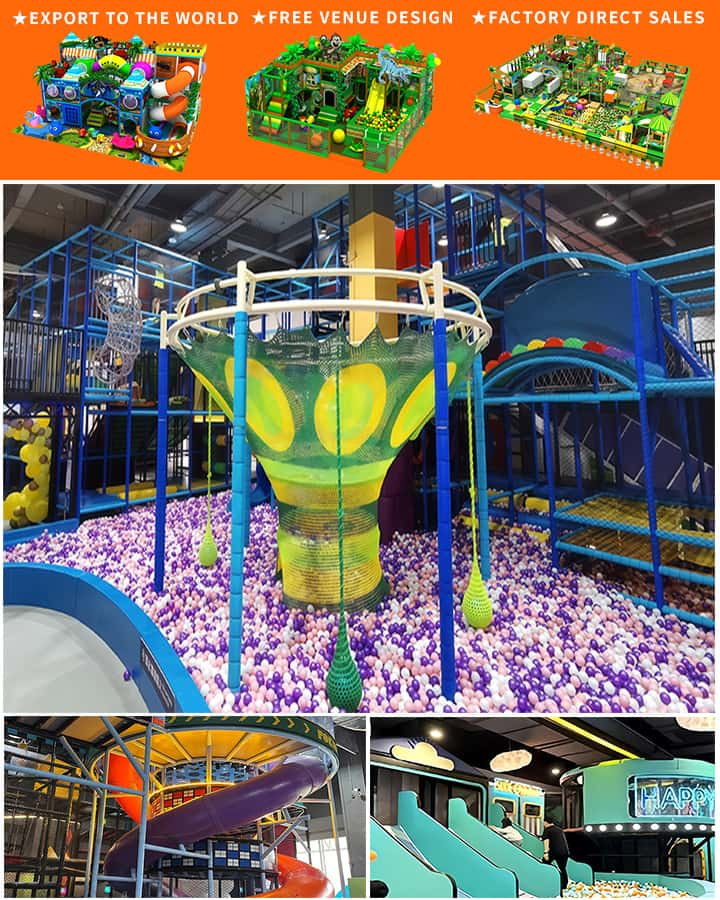Indoor playgrounds have rapidly evolved from a niche entertainment option to a profitable business venture with significant potential in today’s market. These facilities provide safe, engaging environments for children and parents alike, offering numerous attractions such as slides, climbing structures, and interactive games. The increasing demand for indoor play areas, particularly in urban settings where outdoor space is limited, presents a unique opportunity for entrepreneurs looking to tap into the lucrative family entertainment industry.
One of the primary factors driving the profitability of indoor playgrounds is their ability to offer year-round operation. Unlike outdoor amusement parks that are weather-dependent, indoor playgrounds can remain open throughout all seasons, ensuring a consistent stream of visitors regardless of rain or snow. This reliability translates to stable revenue streams, making it easier for businesses to forecast earnings and manage expenses effectively. Additionally, indoor playgrounds often benefit from strategically chosen locations such as shopping malls or community centers, which guarantee high foot traffic and easy access for families.

Another key element contributing to the profitability of indoor playgrounds is the growing trend of experiential retailing. Modern consumers increasingly seek out unique, memorable experiences rather than just purchasing goods. Indoor playgrounds fit this bill perfectly by providing entertainment that goes beyond traditional shopping trips. By integrating elements such as educational activities, themed events, and party services, these venues can attract repeat visitors and generate additional revenue through diversified offerings. For instance, birthday parties at indoor playgrounds have become extremely popular, providing yet another steady source of income.
Moreover, the rise in health and wellness awareness among parents has also fueled the popularity of indoor playgrounds. With more emphasis on physical activity for children’s developmental health, indoor playgrounds offer a controlled environment where kids can engage in active play safely. Parents are willing to invest in such facilities, seeing the dual benefit of entertaining their children while promoting physical fitness.
To maximize profitability, successful indoor playgrounds often employ innovative strategies such as membership programs, loyalty rewards, and seasonal promotions. Offering exclusive benefits to regular visitors can foster customer loyalty and encourage word-of-mouth marketing, which is invaluable in growing the customer base. Additionally, leveraging social media platforms to showcase the fun and excitement of the playground can attract new customers and keep existing ones engaged.
In conclusion, indoor playgrounds represent a highly profitable business opportunity in the modern market landscape. Their appeal lies not only in their convenience and adaptability but also in their alignment with contemporary consumer values such as experiential entertainment and health consciousness. By focusing on creating enjoyable and safe environments for children and continually innovating to meet customer needs, indoor playgrounds can thrive as profitable enterprises in today’s dynamic marketplace.




